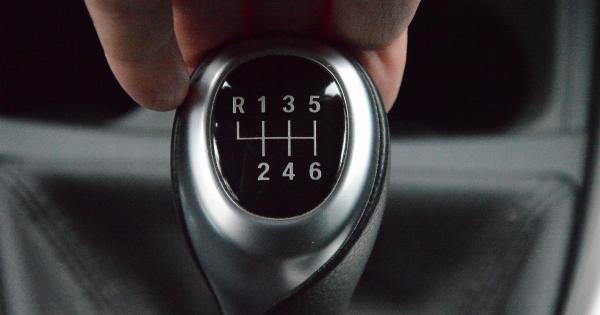Lice affect millions of people worldwide. These parasites infest the hair and scalp, causing intense itching and discomfort. They spread quickly from person to person, making their eradication a challenging task.
In this article, we’ll discuss the basics of lice transmission and eradication, helping you understand how to prevent and treat these pesky parasites.
What are Lice?
Lice are tiny insects that feed on human blood. There are three types of lice that infest humans: head lice, body lice, and pubic lice. Head lice are the most common type and typically affect children between the ages of 3 and 11.
Body lice and pubic lice are less common and affect adults more frequently.
How are Lice Transmitted?
Lice are highly contagious and spread from person to person through close contact. Head lice are typically transmitted through shared hats, combs, and hairbrushes. Body lice are transmitted through shared clothing and bedding.
Pubic lice are transmitted through sexual contact.
Anyone can get lice, regardless of age, gender, or socioeconomic status. However, children are more susceptible to infestations due to their close proximity to other children in school and daycare settings.
Symptoms of Lice Infestation
The most common symptom of a lice infestation is intense itching on the scalp, body, or pubic area. Small red bumps may also appear on the affected skin. Heavy infestations can also cause a rash and skin irritation.
If left untreated, lice can lead to secondary infections, such as impetigo.
How to Check for Lice
To check for lice, use a fine-toothed comb and a bright light. Start at the scalp and comb through small sections of hair. Look for tiny white or yellowish-colored eggs, known as nits, attached to the hair shafts.
Also, check for live lice crawling on the scalp or hair.
Lice Eradication Methods
There are several methods for eradicating lice, including over-the-counter and prescription treatments. The most common treatments include:.
- Permethrin-based shampoos and lotions: These are available over-the-counter and are applied directly to the scalp and hair. They kill both the lice and the nits.
- Piperonyl butoxide and pyrethrin-based shampoos and lotions: These are also available over-the-counter and work by paralyzing the lice. They need to be used twice, with a week in between, to ensure any newly hatched lice are eradicated too.
- Ivermectin-based oral medications: These require a prescription and are taken orally. They’re highly effective at killing both lice and nits.
Prevention Tips
Preventing lice infestations can be challenging, but there are steps you can take to reduce your risk of getting lice:.
- Avoid sharing personal items such as hats, combs, and hairbrushes.
- Wash bed linens, clothing, and towels regularly in hot water.
- Encourage children to avoid head-to-head contact during play.
- Check your own hair and scalp regularly for signs of lice.
Conclusion
Lice infestations are a common problem worldwide, and they can cause significant discomfort and embarrassment. However, with the right knowledge and treatment, lice can be eradicated.
By following the prevention tips and using the appropriate treatments, you can avoid lice infestations and maintain a healthy scalp and hair.































